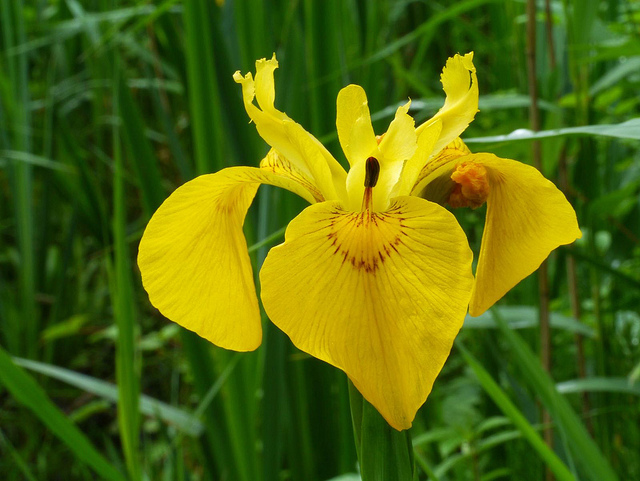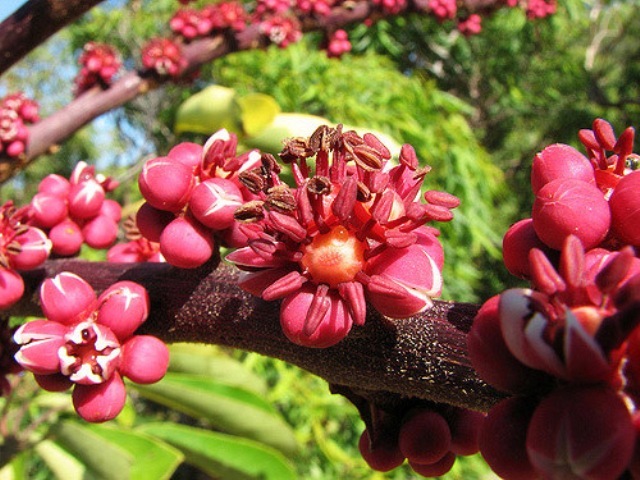Fact - IAPs are the single biggest threat to biodiversity, second only to humans and their activities.
So what is Biodiversity?
Biodiversity can be defined as: “the variety of Earth’s life in all its forms and interactions”. Every species depends on another or others for its future survival.
Every year about 10 000 species become extinct on Earth… there is no doubt we are in the midst of the 6th mass extinction event. However, unlike past mass extinctions, which were caused by events like volcanic eruptions, asteroid strikes, and natural climate shifts, the current extinction crisis is almost certainly being caused by the activities of humans.
99% of currently threatened species on Earth are at risk from human activities - primarily those driving the introduction of exotic and invasive species and habitat loss due to deforestation. Every species extinction potentially leads to the extinction of others bound to that species in a complex ecological web, the numbers of extinctions are likely to increase at an exponential rate in the coming decades as precious ecosystems unravel.
Extinction is a natural phenomenon, and normally occurs at a natural background rate of about one to five species per year. But this is no longer true. The consequences will be very serious for all species, including humans, if the estimated 30 to 50 percent extinction of current species takes place by midcentury.

So what can humans do to save our planet’s Biodiversity?
Every person actually has the power to help prevent this horrifying slide into extinction. It just requires the education of those who do not know… and the correct actions on the part of those who do know…
Anyone who has invasive alien plants (IAPs) present and growing on their property is contributing to loss of biodiversity and our ultimate extinction. Therefore, removing and managing IAPs and other invasive species should be one of our priorities. This will help prevent wind, birds and other animals from spreading IAPs into neighbouring properties, and from there into wild and protected areas.
And if you don’t know how to go about managing IAPs, consult an expert who does… there really is NO excuse not to do your bit to save and preserve our biodiversity for future generations…

Cover Image: Ipomoea indica - Morning glory [Cat 1b]